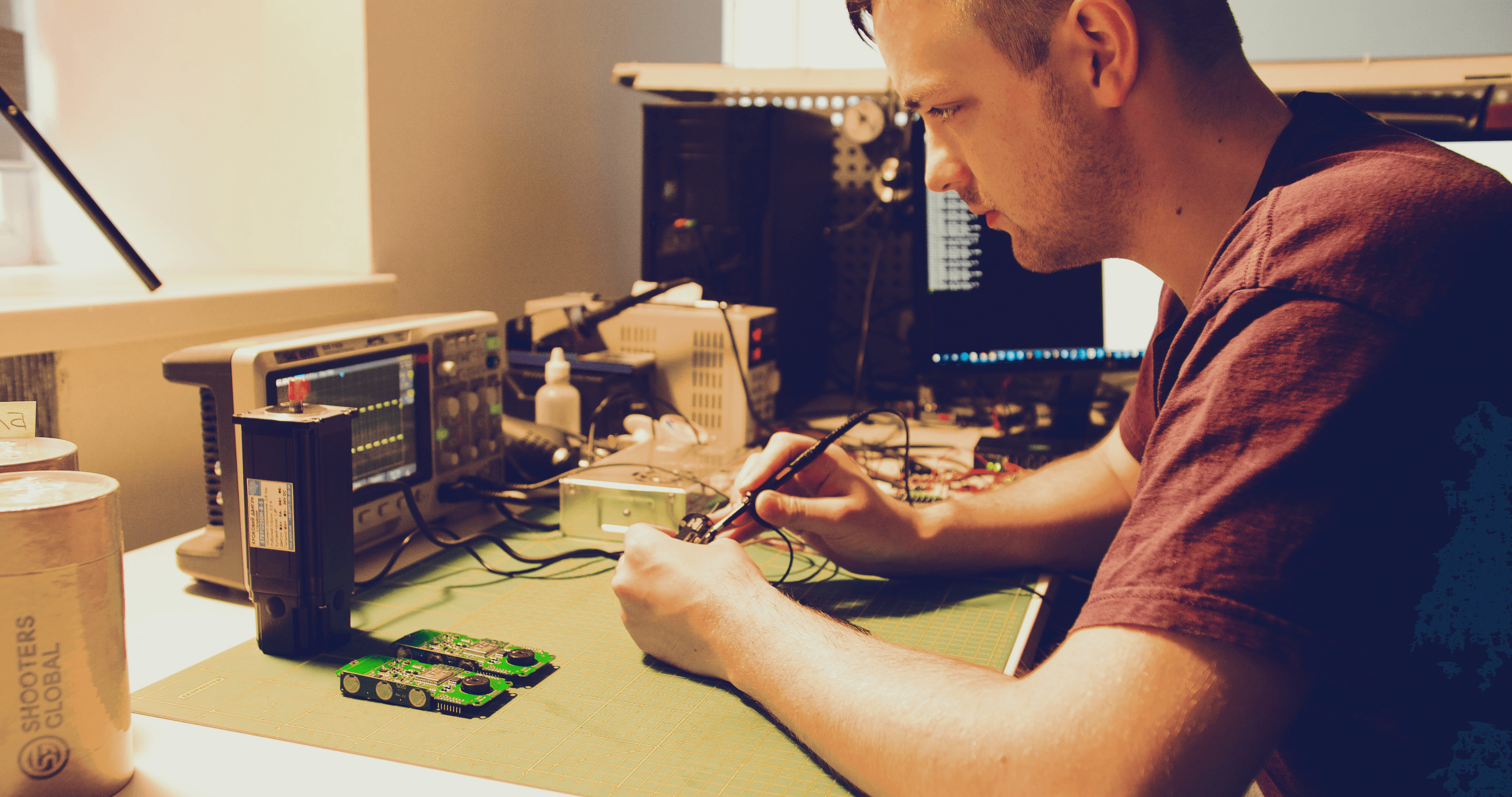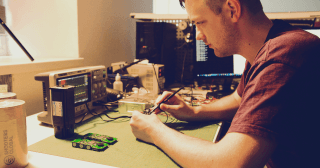

Bringing your ideas to life: from concept to manufacturing.
Bringing your ideas to life: from concept to manufacturing.
Electronic design is the foundation of any modern electronic device. It encompasses the process of creating and developing electronic circuits, ensuring that they function reliably and efficiently. Electronic design engineers play a crucial role in turning ideas into reality, working on everything from circuit design to component selection and integration.
Electronic design is the foundation of any modern electronic device. It encompasses the process of creating and developing electronic circuits, ensuring that they function reliably and efficiently. Electronic design engineers play a crucial role in turning ideas into reality, working on everything from circuit design to component selection and integration.
The stages of electronic design involve several key steps.
The stages of electronic design involve several key steps.
1. The first stage is the development of the circuit schematic, where engineers create a visual representation of the circuit's components and their interconnections. This schematic serves as a blueprint for the design process, guiding engineers in the selection and placement of components.
1. The first stage is the development of the circuit schematic, where engineers create a visual representation of the circuit's components and their interconnections. This schematic serves as a blueprint for the design process, guiding engineers in the selection and placement of components.
2. Once the circuit schematic is finalized, the next stage is the tracing of the circuit board. This involves laying out the physical design of the circuit board, determining the placement of components, and routing the connections between them. Electronic design software, such as Altium, is often used to facilitate this process, providing tools for efficient board layout and routing.
2. Once the circuit schematic is finalized, the next stage is the tracing of the circuit board. This involves laying out the physical design of the circuit board, determining the placement of components, and routing the connections between them. Electronic design software, such as Altium, is often used to facilitate this process, providing tools for efficient board layout and routing.
3. In addition to circuit design and board layout, electronic design also involves the creation of firmware. Firmware refers to the embedded software that controls the operation of the electronic device. It is responsible for managing input and output, implementing functionality, and ensuring the device operates as intended. Firmware development requires programming skills and a deep understanding of the device's hardware.
3. In addition to circuit design and board layout, electronic design also involves the creation of firmware. Firmware refers to the embedded software that controls the operation of the electronic device. It is responsible for managing input and output, implementing functionality, and ensuring the device operates as intended. Firmware development requires programming skills and a deep understanding of the device's hardware.
Throughout the electronic design process, engineers must consider factors such as power management, signal integrity, and thermal considerations. They must also adhere to industry standards and regulations to ensure the safety and reliability of the final product.
Throughout the electronic design process, engineers must consider factors such as power management, signal integrity, and thermal considerations. They must also adhere to industry standards and regulations to ensure the safety and reliability of the final product.
Electronic design engineers work closely with other professionals, such as industrial designers and mechanical engineers, to ensure seamless integration of electronics into the overall product design. Collaboration and a multidisciplinary approach are key to bringing electronic designs to life.
Electronic design engineers work closely with other professionals, such as industrial designers and mechanical engineers, to ensure seamless integration of electronics into the overall product design. Collaboration and a multidisciplinary approach are key to bringing electronic designs to life.
In conclusion, electronic design is a complex and iterative process that involves the development of circuit schematics, tracing of the circuit board, creation of firmware, and consideration of various factors such as power management and signal integrity. It requires expertise in electrical engineering principles, the use of specialized software tools, and collaboration with other professionals. By following these stages and best practices, electronic design engineers can bring innovative electronic devices to the market.
In conclusion, electronic design is a complex and iterative process that involves the development of circuit schematics, tracing of the circuit board, creation of firmware, and consideration of various factors such as power management and signal integrity. It requires expertise in electrical engineering principles, the use of specialized software tools, and collaboration with other professionals. By following these stages and best practices, electronic design engineers can bring innovative electronic devices to the market.